Matthew’s Story: How Positive, Proactive Approaches Can Help Resolve Challenging Behavior
August 31, 2023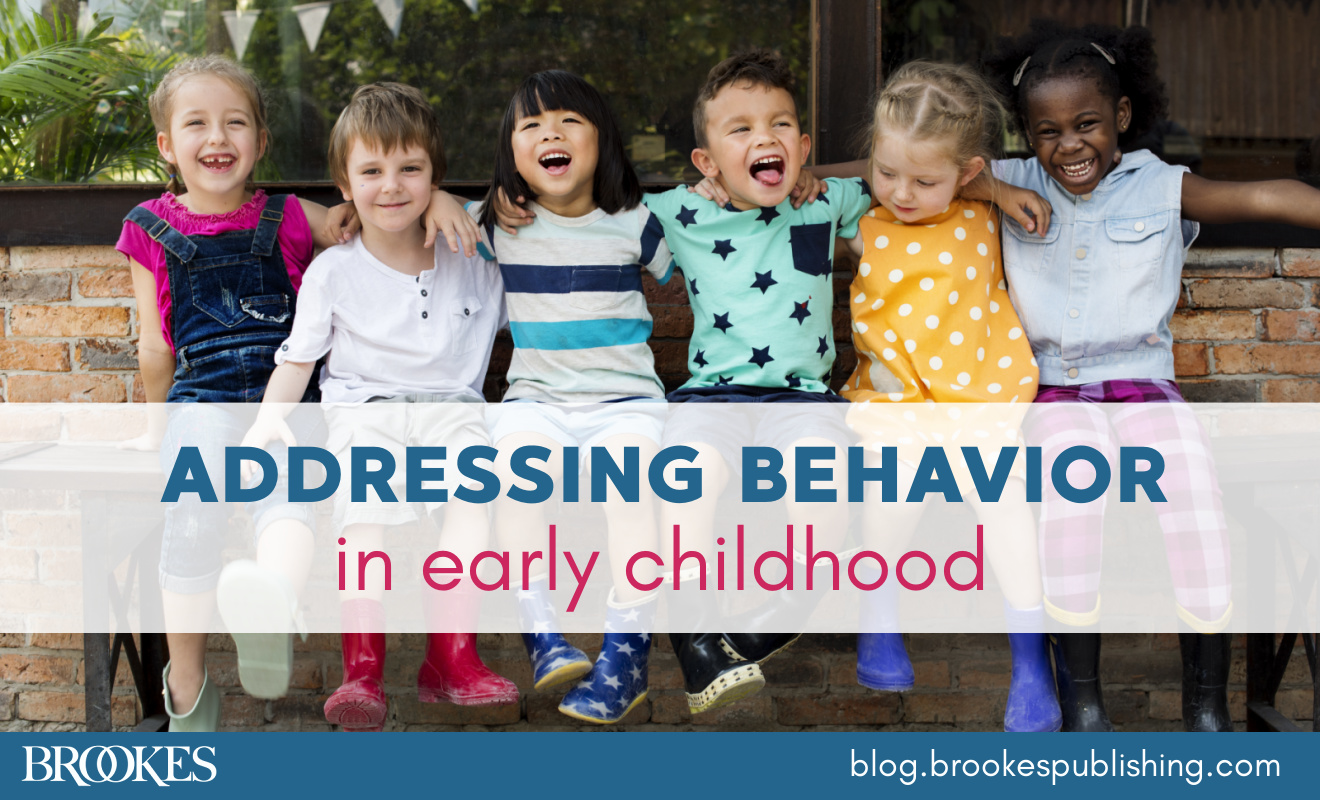
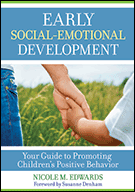 Challenging behavior is a critical issue in any early childhood learning environment. Addressing these behaviors early is key—as author Nicole Edwards notes, “challenging behaviors that persist into the preschool years are likely to continue through adulthood in the absence of intervention.”
Challenging behavior is a critical issue in any early childhood learning environment. Addressing these behaviors early is key—as author Nicole Edwards notes, “challenging behaviors that persist into the preschool years are likely to continue through adulthood in the absence of intervention.”
Excerpted and adapted from Nicole Edwards’ book, Early Social-Emotional Development, the story featured in today’s post shows how teachers can improve lives—for young children and whole families—by taking a positive, proactive approach to challenging behaviors.
Meeting Matthew
Ms. Terri is the lead teacher in a center-based class for toddlers with diagnosed delays and disabilities. Halfway through the school year, the center director notifies her that a new child, Matthew, has qualified for early intervention services due to a sensory and speech-language delay and has been enrolled in her class. The next morning, Matthew and his mother enter the classroom for the first time. As other toddlers arrive and begin playing, Matthew remains quiet, clinging to his mother’s leg. Ms. Terri warmly greets Matthew and his mother. She puts various toys and puzzles on the table for Matthew to explore.
After a few minutes, Matthew’s mother says she is late for work and is fearful she will lose her job because of everything that has been happening with Matthew. “Yours is the third preschool program he has been in this year,” she explains. “If you tell me he can’t stay, I don’t have any other options.” Ms. Terri learns that due to Matthew’s externalizing behavior (noncompliance with teacher requests, pushing staff and peers), he was asked to leave two other child care programs. Ms. Terri is aware of the high expulsion rate in early childhood settings, but this is the first time she has met a family directly affected by this.
Over the remaining months, Ms. Terri and the assistant teacher, Ms. Diana, work to create an environment that will help Matthew—and all his peers—succeed. Here’s what they provide:
Clear expectations and visual cues
Ms. Terri and Ms. Diana develop a supportive, trusting rapport with Matthew. This rapport develops within the positive, orderly, and safe classroom environment they have established. They set clear, appropriate expectations for all students before they enter the room in the morning (e.g., getting to eye level and having students touch picture cues or repeat the statements, “First we hang up our coats, and then we sit on the carpet”). They also do so throughout daily classroom activities, especially during transitions.
For example, before Matthew transitions to working one-on-one with his speech-language pathologist, Ms. Bonnie, Ms. Terri hands him two rectangular pieces of cardboard, with Velcro attaching a fork to one and a yellow ribbon to the other. She says, “Matthew, in 2 minutes we’re going to put away our puzzles. Do you know what comes next? Look, Matthew.” She prompts him to touch the fork. “First, we’re going to have lunch.” She guides him to touch the yellow ribbon as she explains, “Then, Ms. Bonnie will work with you in her room for a little bit.” After lunch, when Ms. Bonnie arrives, Matthew is guided to peel the yellow ribbon from the cardboard to hand to her. When they walk together down the hall, Matthew notices that Ms. Bonnie has the same yellow ribbon on the outside of her door. This process requires some advance planning and commitment to a predictable schedule, but it helps Matthew and his peers understand what is happening next and transition smoothly between activities.

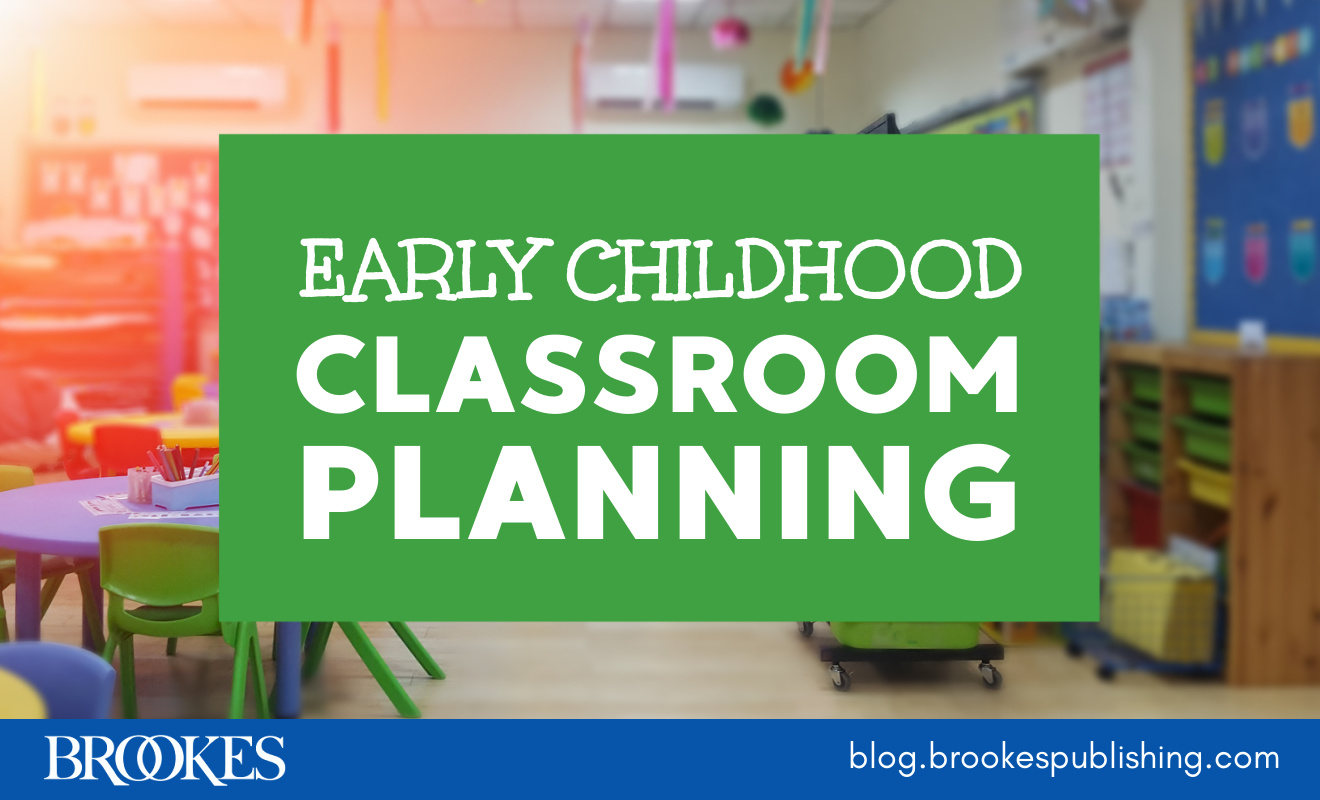
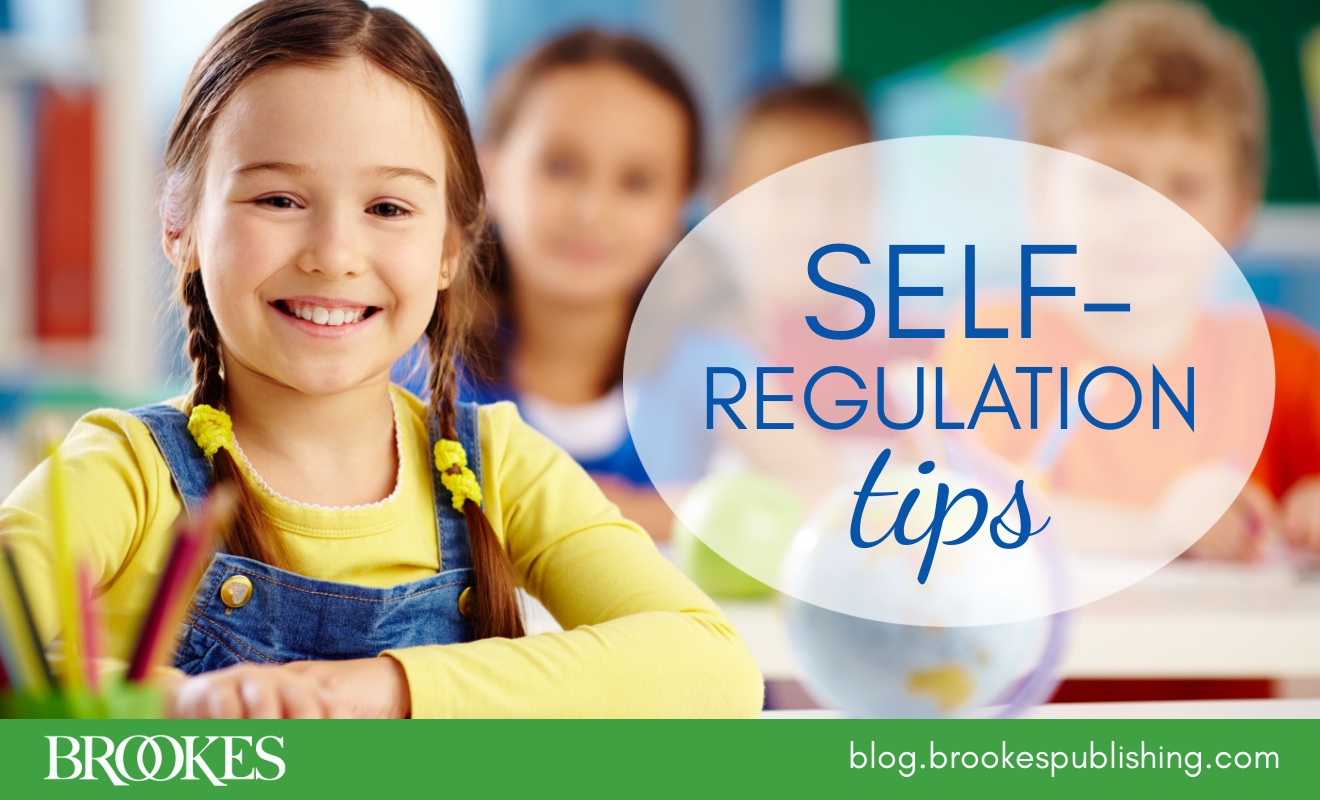
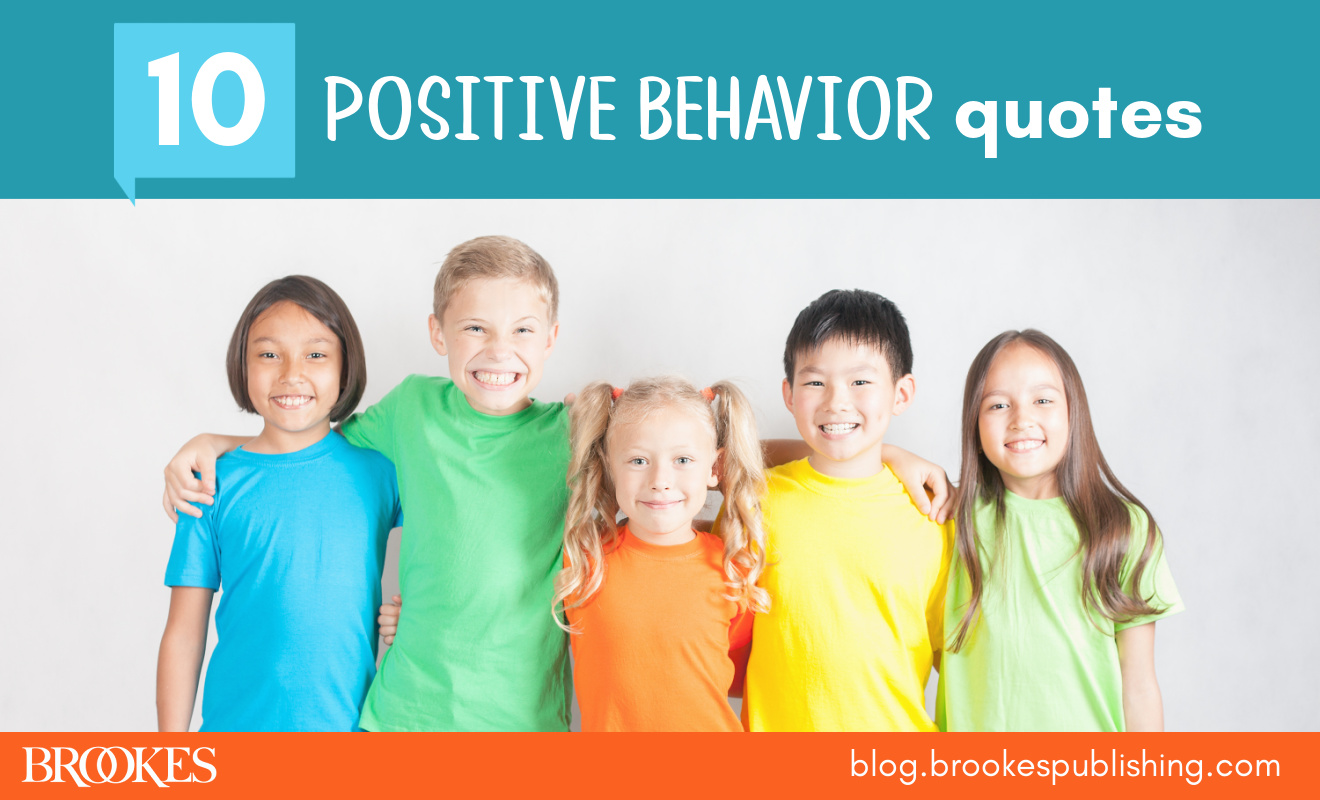
Write a Comment
Your email address will not be published. Required fields are marked *
Post a Comment